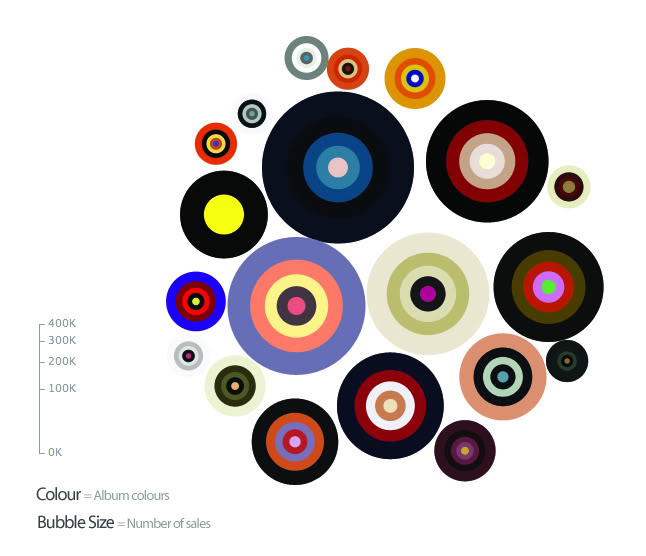d. In jazz and popular music: a slow song or piece of music, esp. one of a sentimental or romantic nature.
|
|
|
|
"Ballad" describes both the form and content of the most popular English verse form.
Formally, the ballad remains a popular rhyme-and-meter fixed-verse form in folk and popular music. Rock and roll has the "power ballad," which began in soul music and climaxed in elaborate pop songs like Led Zeppelin's "Stairway to Heaven" or Aerosmith's "Dream On."
Traditionally, the verse structure of a ballad is four-line stanzas or quatrains, whose metric lines alternate between tetrameter and trimeter. (tetrameter = 4 iambic feet; trimeter = 3 iambic feet)
Rhyme structure:
a
b
a
b
or
a
b
c
b
The content of a ballad often involves story-telling or a narrative compatible with romance or Romanticism--i.e., adventure or a quest or journey involving risk and crossing boundaries, or desire and loss.
Traditional ballads often involve folk-tales; modern ballads personalize the quest or loss.
Country and western music derives mostly from Scotch-Irish ballads of the Appalachian region.
Folk songs, often set in ballad form, may sometimes be used for protest or commentary regarding politics, culture, or history.

Web materials
(Oxford English Dictionary) Etymology: medieval Italian ballata, Spanish ballade, Middle French balade
1. a. A light, simple song of any kind; (now) spec. a sentimental or romantic composition, typically consisting of two or more verses sung to the same melody with only light musical accompaniment.
b. A popular, usually narrative, song, spec. one celebrating or scurrilously attacking persons or institutions.
Ballad form--examples from undergraduate Creative Writing
Robin Stone, "The Little Traveler"
Historical examples of Ballads
Folk music ballads
Literary ballads
|
||
- In jazz and popular music, the term ballad
denotes a short song in a slow tempo, usually with a romantic or
sentimental text, though the term is ...
en.wikipedia.org/wiki/Ballad_(music)
- A ballad is a form of verse, often a narrative
story and set to music. Ballads were characteristic of particularly
British and Irish popular ...
en.wikipedia.org/wiki/Ballad
- A long song or poem that tells a story; A slow
romantic pop song
en.wiktionary.org/wiki/ballad
- is a poem that tells a story and is meant to be
sung or recited.
ridersenglish.edublogs.org/glossary-arranged-by-unit/ - A poem that tells a story similar to a folk tale
or legend and often has a repeated refrain. “The Rime of the Ancient
Mariner” by Samuel Taylor Coleridge is an example of a ballad.
www.factmonster.com/ipka/A0903237.html - A narrative poem composed of short verses,
intended to be sung or recited.
classic.ycds.org/~lmavros/literary_glossary.htm - A type of song consisting usually of verses set
to a repeating melody (see strophic form) in which a story, often
romantic, historic, or tragic, is sung in narrative fashion.
www.america.gov/st/arts-english/2008/July/20080814214526eaifas0.2540247.html



